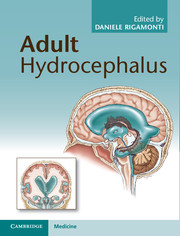Section 4 - Treatment and outcomes
Published online by Cambridge University Press: 05 February 2014
Summary
Keywords
- Type
- Chapter
- Information
- Adult Hydrocephalus , pp. 175 - 246Publisher: Cambridge University PressPrint publication year: 2014
- 1
- Cited by

